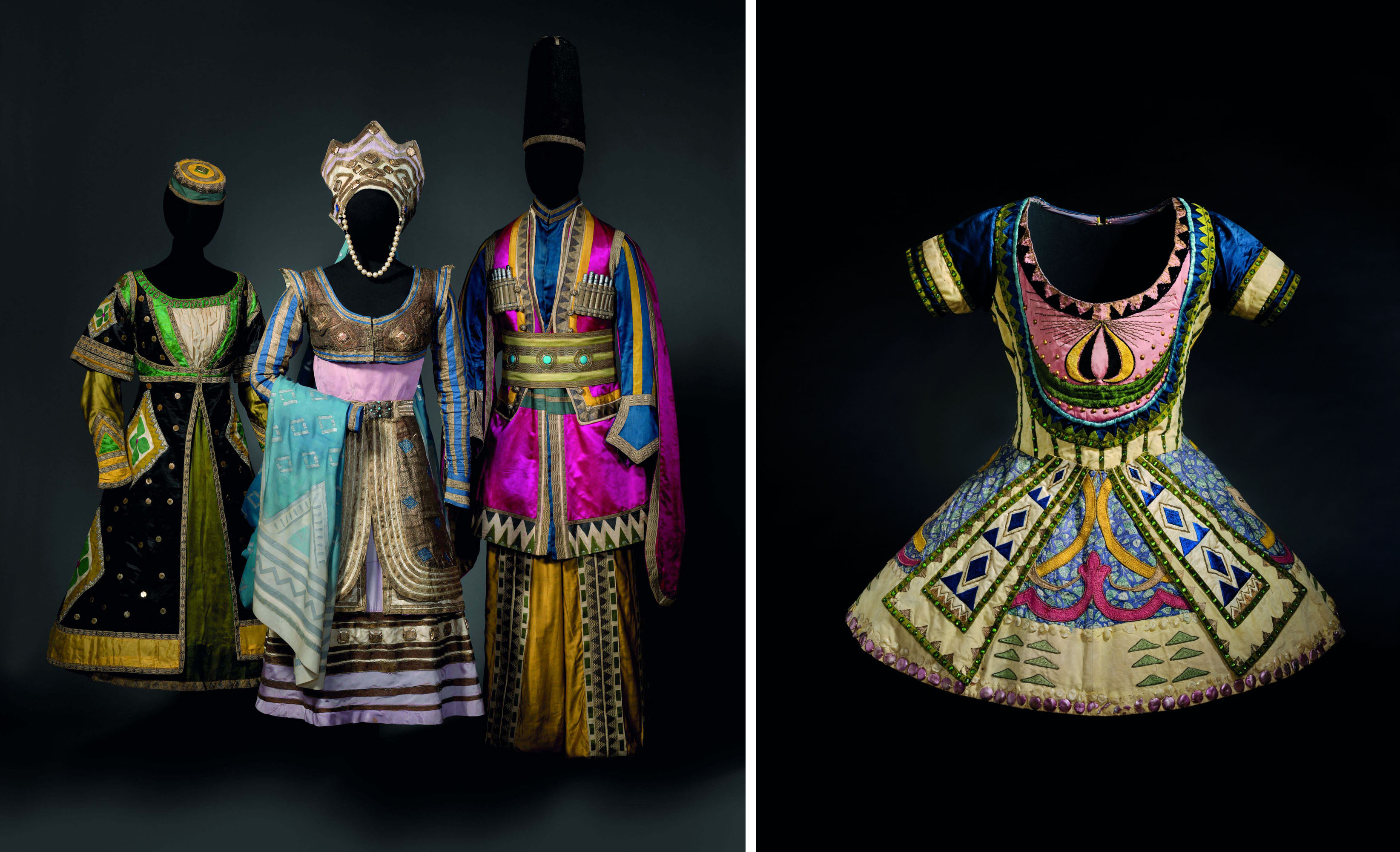On May 29, 1913, the Theatre des Champs-Elysees in Paris witnessed what has become a tale of artistic scandal re-told and exaggerated to almost mythic proportions. It is said that just seconds after the stage curtain was raised, the Ballet Russes' performance of Igor Stravinksy's "The Rite of Spring" triggered a raucous riot of heckling and heated arguments, which culminated with hurled objects, punches and arrests.
How violent it really became is still a mystery, but the event has gone down in history as one the most shocking stage performances of the 20th century. Sergei Diaghilev, the Russian ballet impresario and founder of Ballet Russes, was not upset. If anything, he was pleased.
No stranger to controversy, Diaghilev's Ballet Russes — the costumes of which are the focus of the current exhibition at the National Art Center, Tokyo — had already defied the conventions of ballet, art and music with avant-garde productions that mixed the disciplines in a way no one else dared dream to do. The company's 1909 "Saison Russe" debut performance stunned audiences in Paris, and within years Diaghilev had become both renowned and notorious for breaking rules.

















With your current subscription plan you can comment on stories. However, before writing your first comment, please create a display name in the Profile section of your subscriber account page.